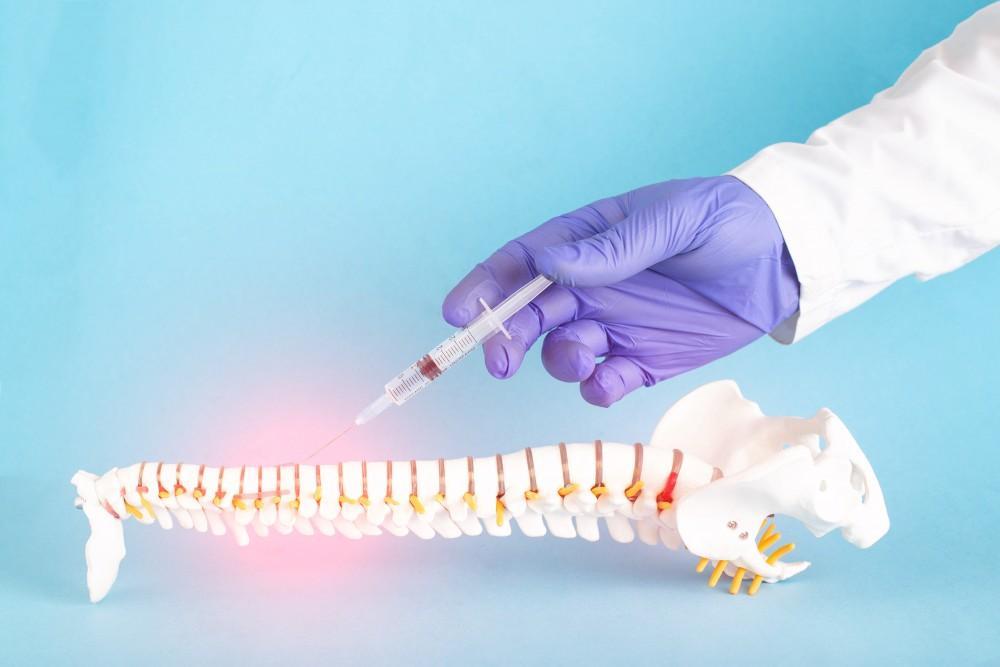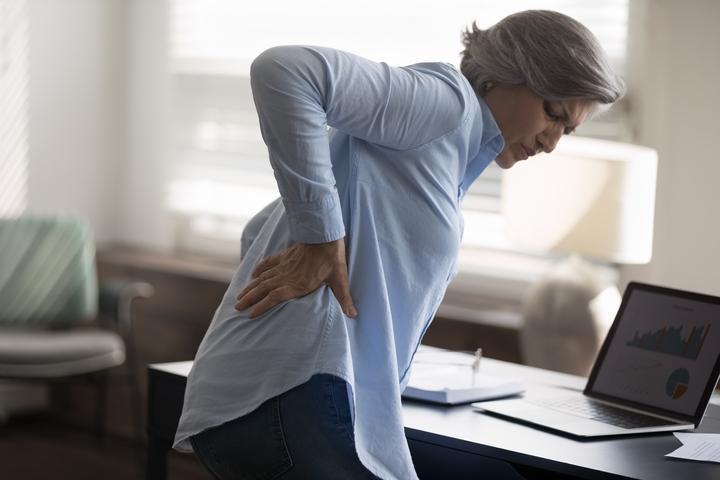
Is Osteoporosis Preventable?
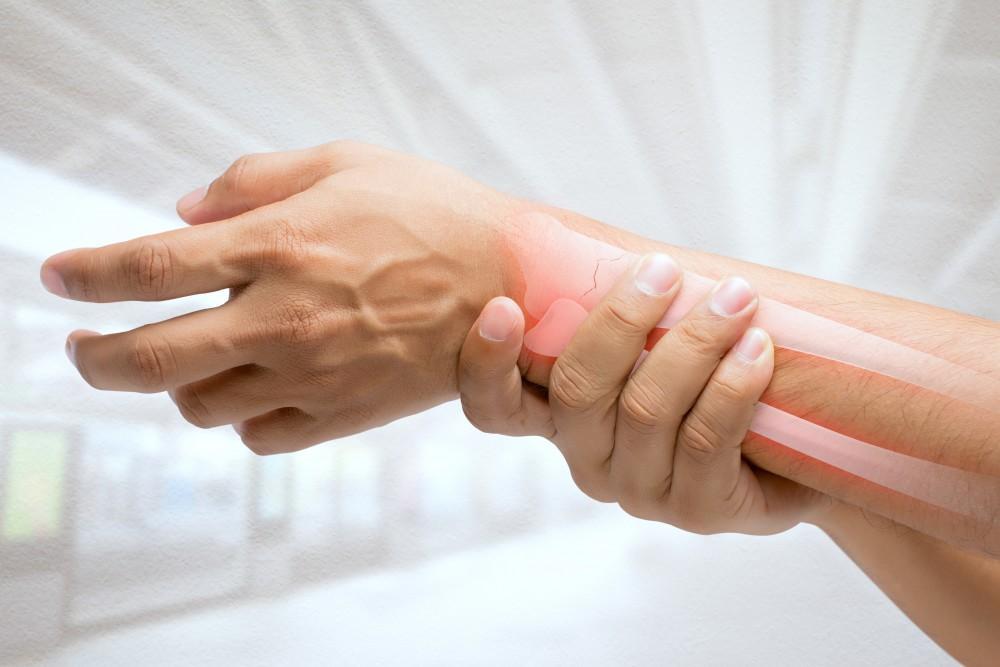
Low bone density. Fragility fractures. Brittle bones. File all these terms under one umbrella: osteoporosis, which develops when your bones stop renewing their cells.
When you live with osteoporosis, even the slightest mishap can lead to a fracture or broken bone. Even coughing or sneezing can cause a fracture if osteoporosis is advanced.
The Advanced Spine and Pain care team knows the risks you face if you have osteoporosis. We’re committed to creating a customized treatment plan based on your risk factors, health history, and other factors.
The good news is that your ASAP provider can provide critical information about prevention if you’re at high risk of developing osteoporosis or you’re affected by osteopenia, the precursor to osteoporosis.
Who’s at risk for osteoporosis?
There are modifiable and non-modifiable osteoporosis risk factors — meaning you can control some but not others.
Modifiable risk factors include your diet, how much exercise you get, and whether you use alcohol or tobacco.
Non-modifiable risk factors include being female, having a small frame, and taking certain medications. If you’re White or Asian, you’re more likely to be affected by osteoporosis, as well as if you live with certain health conditions, such as celiac disease, rheumatoid arthritis, and thyroid disorders.
Something to remember: Women are more likely to develop osteoporosis, but men who are 70 or older or live with certain health conditions are at risk, too.
Do all you can to prevent osteoporosis
You can make several important decisions to make you less likely to develop osteoporosis.
1. Eat well
Be mindful of getting 1,000 milligrams of calcium daily — 1,200 milligrams if you’re a woman over 50 or a man over 70. If you don’t get sufficient calcium, your body harvests it from your bones, and you experience bone loss.
Aim to eat a diet that includes dark leafy greens like kale, broccoli, low-fat dairy products, canned sardines and salmon with bones, and fortified foods like breakfast cereals and tofu.
Vitamin D is also important because it helps you absorb your calcium optimally. Fatty fish like mackerel and salmon contain vitamin D, as do eggs, but you can also get it from fortified foods like milk, cereal, and orange juice.
Exposure to sunlight helps your skin make vitamin D, but do this in moderation to protect your skin, and always wear sunscreen.
2. Move your body
Weight-bearing exercises and strength training are the perfect combo for building bone strength. Enjoy activities that build bone by making your body work against gravity, like aerobics, jogging, walking, and stair climbing. Gentler options include tai chi, yoga, and water aerobics.
You can strength train by using weights, resistance bands, or weight machines at the gym. There are also things you can do that don’t require any equipment, like push-ups and squats.
3. Reach for water, not alcohol or soda
Drinking too much alcohol doesn’t support bone health, and it’s wise to avoid a lot of carbonated beverages as well. Research has revealed that soft drinks, particularly colas, are associated with bone loss. They contain phosphorus, which may impede calcium absorption, or bone problems can develop if you substitute sodas for milk or other calcium-rich options too often.
4. Steer clear of tobacco
Even though you’ve heard hundreds of reasons to quit smoking, preserving your bone health is a biggie. Smoking is harmful in this respect in several ways. The habit reduces blood supply to your bones, slows the creation of cells that produce bone called osteoblasts, and negatively impacts calcium absorption from the food you eat.
In addition to adhering to lifestyle practices that protect your bones, your treatment plan may include other recommendations to treat osteoporosis if they find you have bone loss.
We may prescribe oral or intravenous medications for osteoporosis. If yours is severe, we may advise minimally invasive procedures. With vertebroplasty, we inject a low-viscosity cement that hardens and strengthens your vertebrae.
Kyphoplasty is when we insert an inflatable balloon or bone tamp (an orthopedic surgery tool) to bring your collapsed vertebrae back to their original height. We use cement to fill bone cavities to prevent future degradation.
Seeking treatment is the smartest thing you can do if you’re one of the 10 million living with osteoporosis or one of the 44 million at risk.
Call the Maryland or Virginia ASAP office that’s most convenient for you to make an appointment to be evaluated or treated for osteoporosis, or book an appointment with us online.
You Might Also Enjoy...


What to Expect After Radiofrequency Ablation for Neck Pain
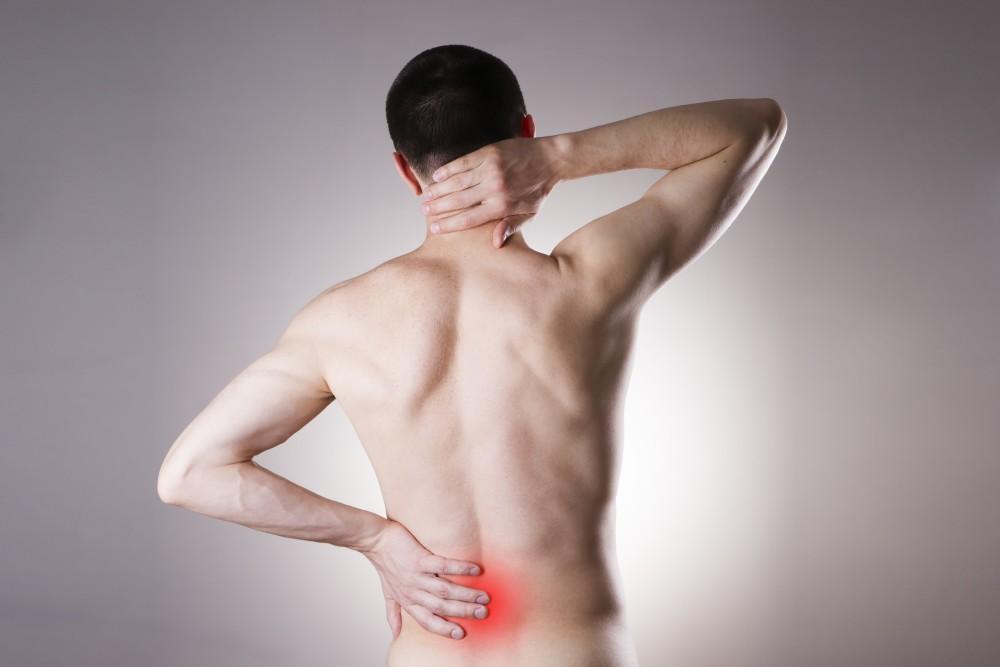
When to Consider Injections for Your Sciatic Pain
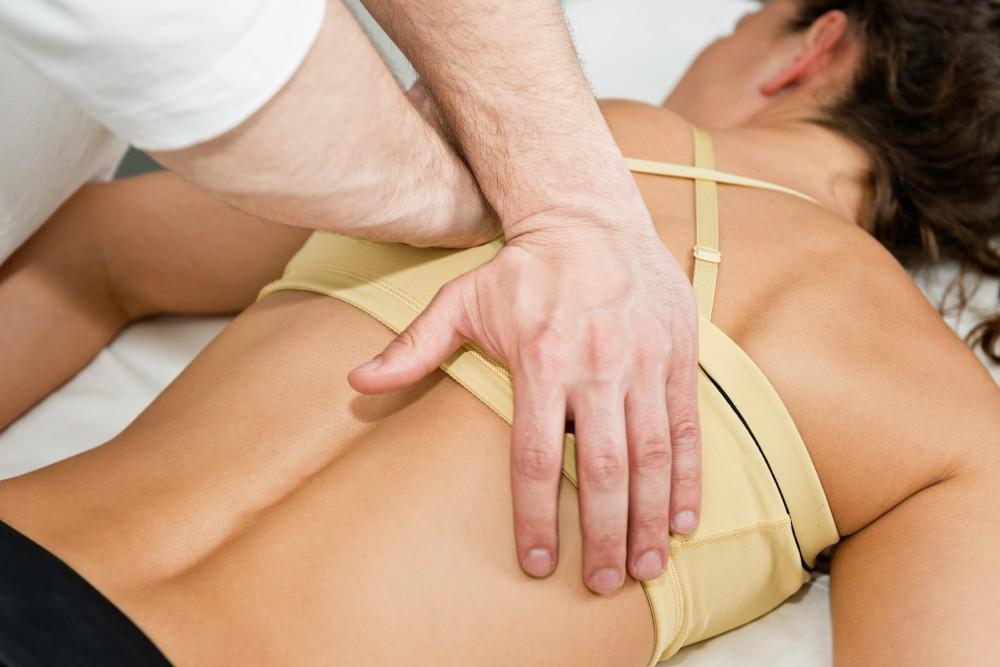
What Happens When You Throw Your Back Out?
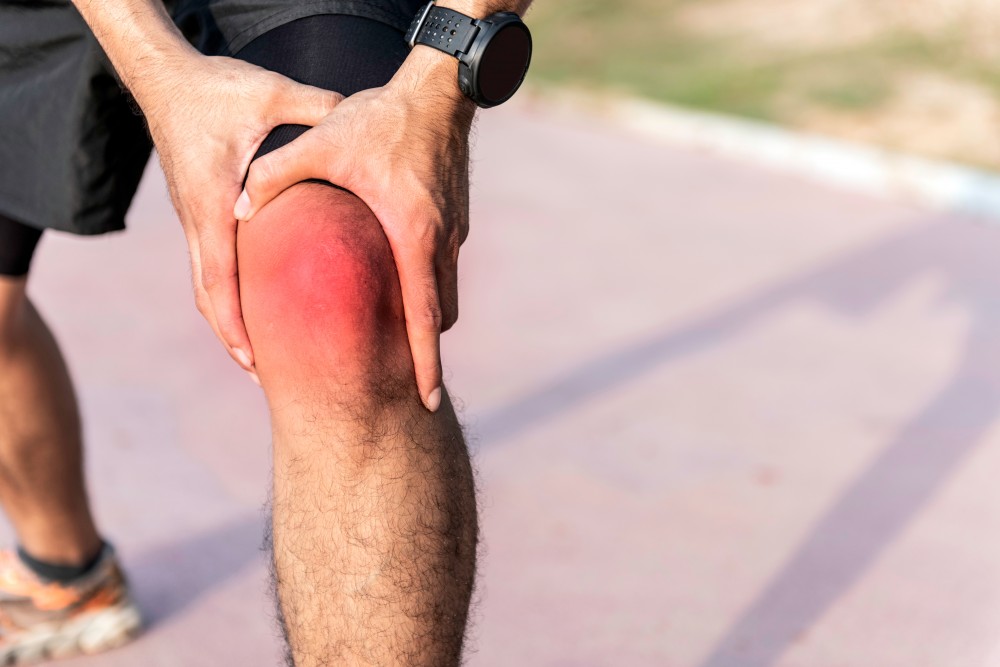
4 Little Known (Yet Common) Causes of Knee Pain
